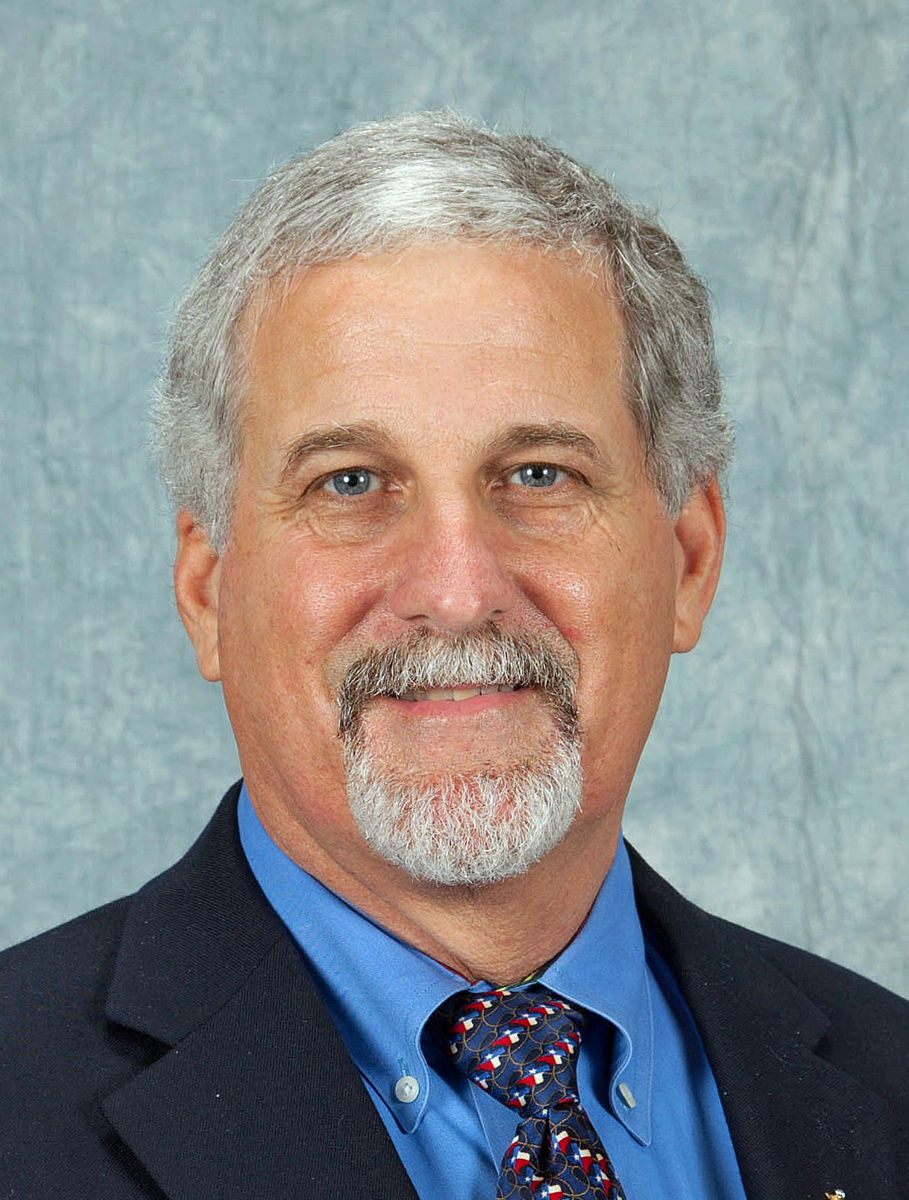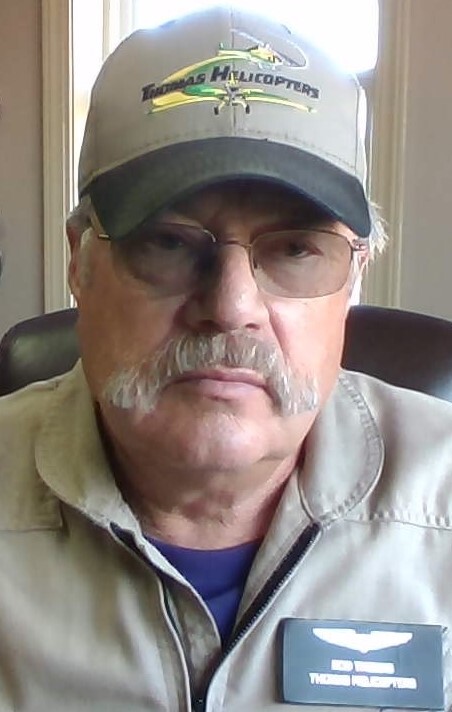
2021-2022 PAASS - CREDIT
Recorded On: 04/19/2022
-
Register
- Member - $1,800

The 2021-2022 PAASS program will once again deliver high-quality pesticide application education developed specifically for aerial applicators. PAASS has been acknowledged by the U.S. EPA and the Association of American Pesticide Control Officials (AAPCO). PAASS was also presented to Canadian aerial applicators in 2021, further recognizing the quality of both the program itself and the results it delivers. PAASS will be the normal four hours in length and focus on reducing drift incidents and agricultural aviation accidents and securing agricultural aviation operations. Time will be allowed during the program for attendee discussions and sharing of experiences involving issues and practices related to their own operations. PAASS will begin with a review and analysis of agricultural aviation accidents that occurred during the 2021 application season. Studying accidents enables attendees to learn from other pilots’ experiences and increase safety.
PAASS will cover content developed by Dr. Brad Fritz from the USDA ARS Aerial Application Technology Research Unit (AATRU) on the relationships between spray droplet size and the spray pattern (uniformity of droplets and width of each aircraft’s application across the field). Spray droplet size has a critical impact on both the efficacy of the application and the potential for drift. The spray Droplet Size Models developed by AATRU allow aerial applicators to select a nozzle type, orifice size, operating pressure, and deflection angle to achieve both the spray application rate and spray droplet size as dictated by the label. Dr. Fritz’s research looks at how spray droplet size is distributed across the entire spray pattern of an agricultural aircraft, and how in-wind versus crosswind impacts that droplet size distribution. A crosswind can result in an aircraft’s spray pattern having a greater proportion of larger droplets deposited on the windward portion of the aircraft’s spray pattern and a greater proportion of smaller droplets being deposited on the leeward side of the spray pattern, as opposed to a more uniform distribution of sizes across the whole pattern when the aircraft is flown in-wind.
The 2021-2022 PAASS program also covers inadvertent instrument meteorological conditions, or IIMC. Instrument meteorological conditions are those weather conditions with low visibility, particularly fog, that require use of cockpit instruments for safe flying. Inadvertently flying into these instrument conditions occurs when a pilot, not rated or equipped to fly with instruments, finds himself flying from clear weather conditions into non-visible conditions requiring instruments. From 2011 to 2020 there were a total of six agricultural aviation IIMC accidents, five of which were fatal. IIMC results in a degraded visual environment followed by spatial disorientation, which likely leads to an accident. Fog can be an indicator that an inversion exists and avoiding applications during an inversion is a key factor in drift mitigation. The best strategy for IIMC is to avoid flying in such conditions and PAASS will go over the factors that aerial applicators need to consider before taking off. PAASS attendees will hear from several fellow agricultural aviators who survived IIMC encounters and learn first-hand from their incidents.
The 2021-2022 PAASS program will conclude with a real-life security example where property was stolen from an aerial application business. Participants will hear from the owner and learn how to better secure their operations to prevent pesticide theft and vandalism. There will also be a short segment on using a gate seal to improve dry application accuracy and a question-and-answer session that will test attendees on their aerial pesticide application knowledge.
[Note: This course intended solely for C-PAASS applicants needing to make up 2021-2022 PAASS]
NAAREF strongly recommends attending the PAASS Program in-person at your local state/regional convention. However, for those who were unable to do so, this virtual option to view the PAASS program will serve as the sole Alternative Method of Compliance (AMOC) for satisfying the respective C-PAASS component requirement. Specifically, this is a Zoom webinar recording of the 2021-2022 PAASS Program given by two veteran PAASS Presenters.
You will have 24 hours to complete the program once you start it.
The estimated duration is 4 hours.
Register for this course using the green Register button to submit payment. This course is available for NAAA members only.
Contact information@agaviation.org if you require username/password assistance.

Randy L. Hale
Hale Dusting Service Inc.
Randy grew up in the Ag Aviation industry. His father R.W. Hale began Hale Dusting Service in 1955 near Corpus Christi, Texas. The company moved to its present location in 1962 when the local law enforcement officers decided to stop the “crop dusters” from using the county roads as landing strips. Randy began flying during high school and earned a private pilot license in 1977. It was either drive a tractor on the farm or mess with the airplanes and, well, the tractors just weren’t fast enough. He started his ag aviation career in 1981 in a 600 Thrush and now flies the company’s Air Tractor 502. Randy became President of the company in 1991 after his father’s death.
Randy is a long time member of the Texas AAA and NAAA and has been active in both. He served on the TAAA Board from 1994 - 2006 and was TAAA President in 1999. Service to the NAAA came when he was named the TAAA representative to NAAA and also graduated from the Leadership Training Program class of 2000. Randy was elected NAAA Vice President in 2003 and was honored to serve as President in 2006. Since his term as president ended Randy has represented NAAA’s interests in front of a variety of audiences including government regulators, ag aviation groups, politicians and international organizations. He served as NAAREF President in 2009 and 2010 and has been a PAASS presenter since 2008.
Randy and his wife Renee have four children, Josh, Joey, Amy and Scott and four grandchildren, Aiden, Weston, Jayce and Summer. They are the reason he is sold on the PAASS training. “We need to do all we can to make sure every ag pilot has the resources to stay safe and make it home at night.”

Rod Thomas
Thomas Helicopters Inc
Rod Thomas is an Idaho Farm boy living just 3 miles from where he grew up. By age eleven, Rod and his older brother Dale were operating a custom hay stacking business. With experience in custom farming and their love of all things flying, agricultural aviation was a natural fit. They started their own application company, Thomas Helicopters, Inc. in Gooding, Idaho in 1975 with a Hughes 300 and one truck. They have owned as many as 5 helicopters which they used for 135 work such as coyote hunting, wild animal darting & netting, firefighting, heli-skiing, sling work, construction, and movie stunt work. All of this while still flying ag in both summer and winter. The present operation consists of a couple of 502’s an 802 and an Astar 350 helicopter. They also own a variety of General Aviation aircraft they use for training, travel, and pleasure. They also own and operate the FBO in Gooding [ High Range Aviation} with a full maintenance facility as well as a government contracting company {High Desert Aviation}. Over the years they have also expanded into hanger construction and hanger door repair. The ag flying business {Thomas Helicopters, Inc.} is in the process of being purchased and expanded by Scott and Glenn Heinen from Kansas while Rod and Dale continue to manage the local operations they started.
Rod has been active in the Idaho Agricultural Aviation Association and his community for many years. He has held all the IAAA offices and was the NAAA director from Idaho for many years. His company was named Operator of the Year for the Pacific Northwest AAA in 1999. He and his brother Dale have hosted annual Ag Fly-Ins and Safety Clinics since 1997, while promoting Ag Aviation through print and television media. His company has participated using helicopters in school science projects and has hosted many field days at the airport as well as participating in Ag in the Classroom. Rod is a long serving NAAA and NAAREF board and committee member and has served on both boards in many capacities. He is a past recipient of the NAAA Falcon Club award and the Outstanding Service Award. Rod has served as the Vice President and President of the NAAA an NAAREF in years past.
An NAAA member since 1975, Rod believes in the value of association membership and continuing education. He has been a PAASS Presenter since 2001.